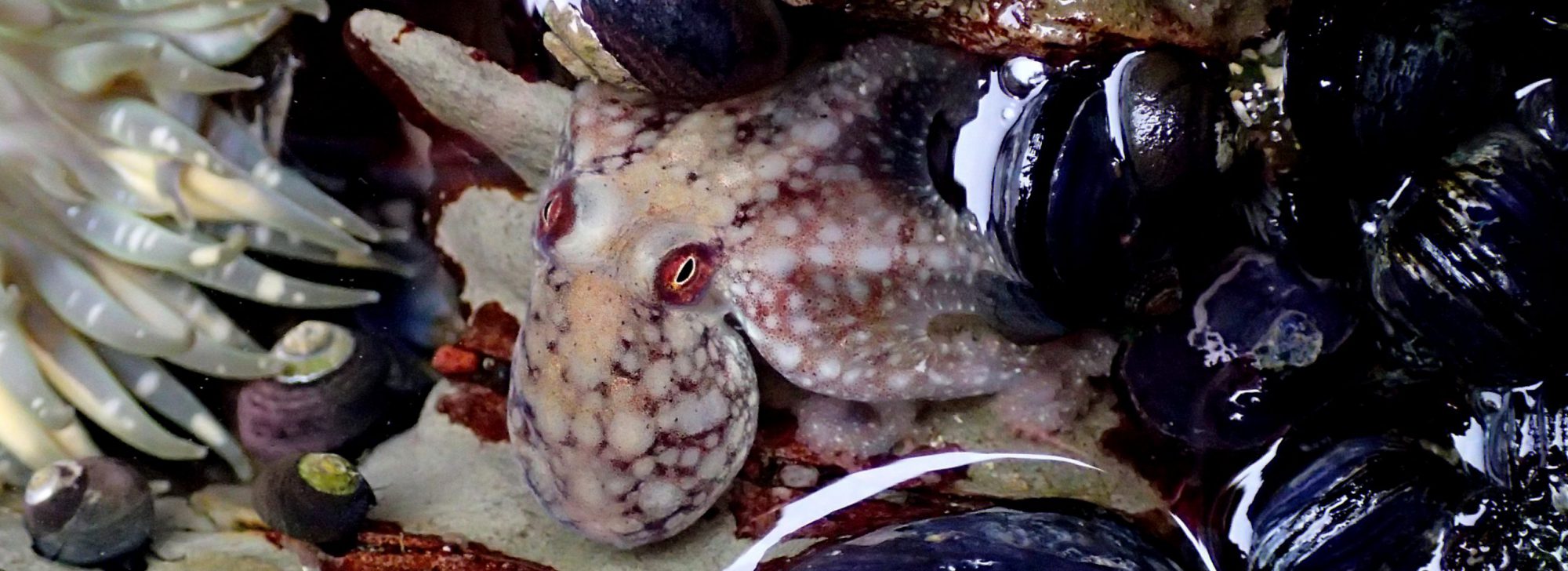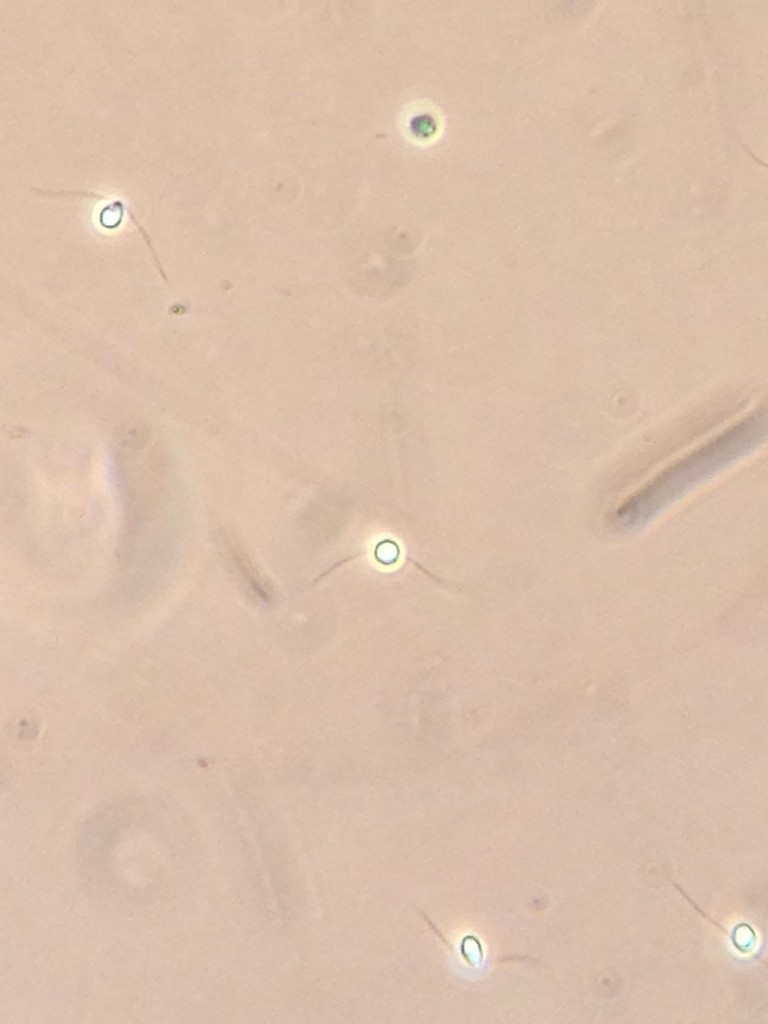Part of what makes the marine algae so fascinating to me is their life cycles. I’m intrigued by organisms that do things differently from us. And to be honest, from the perspective of someone who studies invertebrates and their life cycles, we humans are rather boring: we’re born into in one body, reproduce (maybe), and then die, all in the same body. Ulva, on the other hand, follows the typical plant example and has a life cycle that includes alternation of generations.
Without going into too much detail, let’s just say that Ulva has two generations within a single life cycle, one called a sporophyte and the other called a gametophyte. The difference between the sporophyte and gametophyte is the number of chromosome sets found in the cells of the respective generations: sporophytes have two sets of chromosomes per cell, a condition which we describe as being diploid (2n), while gametophytes are haploid (1n) and have only one set of chromosomes per cell. The diagram below lays it out nicely. Note that the gametophyte in the diagram is white, while the sporophyte is green.
The little white circles in the diagram above are the reproductive cells. These cells are produced by either the gametophyte (in the case of gametes) or the sporophyte (in the case of spores).
Now, determining if what you’re looking at is a sporophyte or gametophyte can be easy or difficult, depending on whether your species is isomorphic (‘same form’) or heteromorphic (‘other’ or ‘different form’). Unfortunately for us, Ulva happens to be isomorphic, which means that the sporophyte and gametophyte are for the most part morphologically indistinguishable. However, if you knew what kind of reproductive cells a particular generation produces, you could deduce whether that generation is a sporophyte or a gametophyte, right? So, is there any way to determine whether a 2.5 µm cell is a spore or a gamete?
Yes, there is! In the group of algae that includes Ulva the spores are quadriflagellate, which is just a fancy way of saying that each one bears four flagella. The gametes are biflagellate, having (you guessed it) two flagella. Now it’s just a matter of counting flagella on these tiny reproductive cells released by the specimen of Ulva in my bowl.
And voilà!
It’s clear that these cells have only two flagella, right? This means that they are gametes, not spores, and the thallus that produced them was the gametophyte!
Pretty dang nifty, isn’t it?


